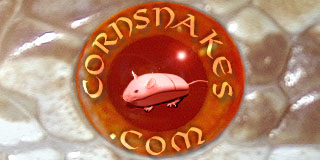Lawrence1996
New member
After looking around the forums, and reading a bit about different corn snakes such as okatee, etc, I can safely say that I am confused. Im trying to find out what kind of corn would be best as a first snake, but all those species names mean nothing to me. I don't get them. Can someone please explain the different types? And are the only differences the color, or are there other factors involved?
Thank You
Thank You
